In this article, we’ll dig into the plants that you should avoid planting alongside your peppers, ensuring you can cultivate a bountiful crop. Let’s explore each plant in detail, addressing their interactions with peppers and providing insights into successful gardening practices.
Broccoli

Broccoli, a beloved member of the Brassica family, is often sought after for its health benefits and versatility in cuisine. However, when planted alongside peppers, broccoli can create significant challenges. Both crops are heavy feeders, meaning they require high levels of nutrients such as nitrogen and potassium. When grown together, they can end up competing for these vital resources, resulting in stunted growth for your peppers.
Moreover, broccoli can attract pests like aphids and cabbage worms that may find their way to your pepper plants, leading to increased infestations. Beyond pests, broccoli and peppers have distinct preferences for soil conditions and watering regimes that may not align. Brassicas prefer cooler temperatures, while peppers thrive in warmer weather. By planting them together, you risk creating an environment that is less than ideal for one of the crops, leading to poor performance and yields.
To ensure that both crops can benefit from the available nutrients and space, consider separating your broccoli from your peppers by at least a few feet. This practice allows each plant to flourish without extraditing the competition or introducing unwanted pests into the mix.
Cabbage

Similar to its cousin broccoli, cabbage also presents challenges when grown in proximity to peppers. Cabbage is another member of the Brassica family, and it brings forth the same concerns regarding nutrient competition. Both plants compete heavily for key nutrients in the soil, leading to deficiencies that can stunt the growth of both crops. Additionally, the need for different amounts of water complicates their compatibility; cabbages require more moisture while peppers prefer well-draining soil with moderate moisture levels.
Furthermore, cabbage has a tendency to attract similar pests such as the cabbage looper, which can swiftly infest your pepper plants once they veer too close. The shared vulnerability to pests and diseases creates a cascading effect wherein the health of one plant can directly impact the other.
To foster a flourishing garden environment, it’s advisable to plant cabbage at a considerable distance from peppers, ensuring that you can enjoy both crops without compromising their health and productivity. Different family members of crops, like cucumbers or beans, are often better companions for peppers, as they won’t compete with them for resources.
Sweet Corn
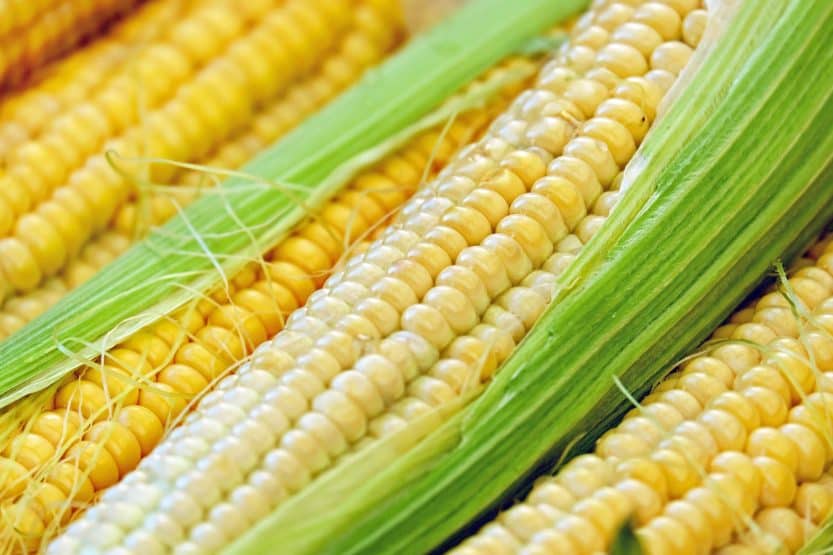
The allure of sweet corn on the cob often tempts gardeners to plant it alongside peppers. However, in practice, this pairing can create a myriad of issues. Sweet corn is a heavy feeder, which means it has high nitrogen requirements. By planting sweet corn near peppers, you’re intensifying competition for vital nutrients. As corn utilizes most of the nitrogen available in the soil, your peppers may suffer from nutrient deficiencies, weakening their overall growth.
Moreover, sweet corn attracts a range of pests, including the corn earworm and the fall armyworm, that are notorious for making their way to peppers. These pests can lead to infestations that threaten the vigor of both crops. The taller stature of corn plants also casts shade on lower-growing peppers, further hindering their ability to photosynthesize effectively.
For a healthy and productive garden, consider planting sweet corn in a separate area—in a dedicated row or section of your garden. This division can help facilitate both crops’ growth without the added stress of competition and pest crossover. Interplanting with companion species like beans or squash instead may provide relief for your peppers and keep all plants flourishing in harmony.
Cucumbers
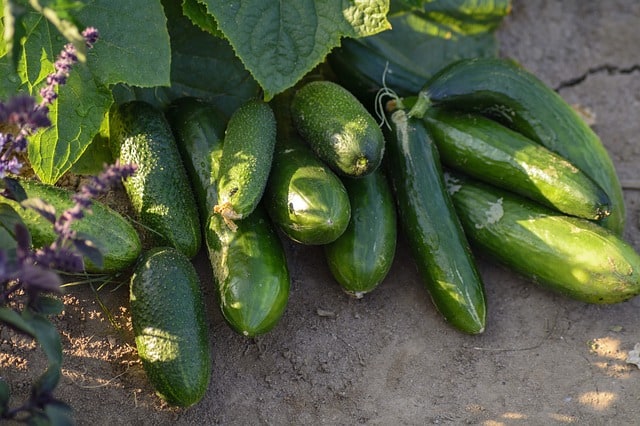
Cucumbers, with their refreshing taste and versatility in summer salads, might seem like a harmless neighbor. However, they can bring about several challenges when planted alongside peppers. Cucumbers are known for their vigorous growth and sprawling habit; these characteristics may lead to them overshadowing your peppers, blocking their access to sunlight, and ultimately hindering their growth potential.
Furthermore, both cucumbers and peppers share similar pest vulnerabilities, with aphids and cucumber beetles frequently targeting both plants. This situation might lead to a higher likelihood of pest outbreaks, which can become hard to manage once they establish a foothold in your garden.
To maximize growth and minimize competition, it’s best to separate cucumbers from peppers by a good distance. Intercropping peppers with plants like onions or marigolds may provide a more suitable environment, allowing both crops to thrive without risking overcrowding or pest infestations while also benefiting from natural pest deterrents.
Eggplants
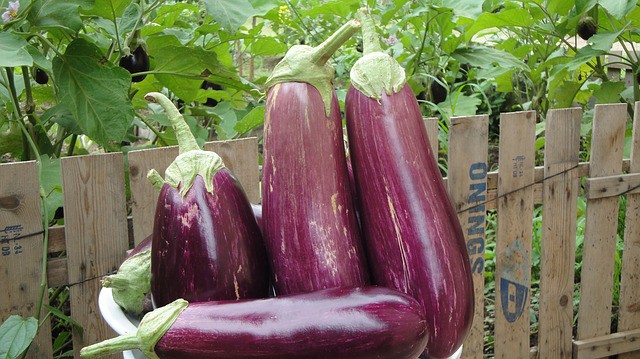
Eggplants are a favorite for many gardeners, providing robust flavors and textures to various dishes. However, despite their apparent compatibility as members of the Solanaceae family, eggplants can pose challenges when planted alongside peppers. Both plants have similar nutrient requirements as well as susceptibility to pests and diseases, which can result in heightened competition between them.
An increase in plant density may lead to various problems such as reduced air circulation, creating a humid environment that is ideal for disease development, including fungal infections like blight. The potential for shared pest issues also looms large, especially with herbivores like the Colorado potato beetle that can target both crops.
To ensure that your peppers and eggplants can reach their full potential, try dedicating separate areas in the garden for each plant. Consider planting them alongside companions that encourage healthy growth, like basil or marigolds, to capitalize on complimentary factors while keeping both plants secure from shared threats.
Fennel
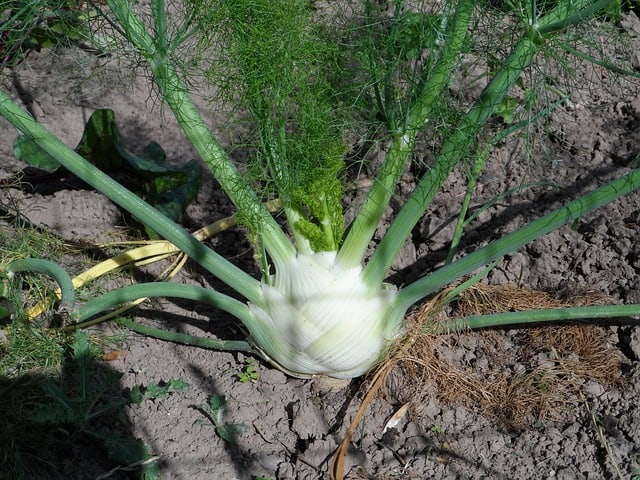
Fennel is a unique herb that can add flavor and depth to your culinary creations. However, it can also create a challenging relationship with neighboring plants, particularly peppers. Fennel possesses allelopathic properties, which means it releases chemicals into the soil that can inhibit the growth of nearby plants. For peppers, even exposure to fennel’s presence can lead to poor germination rates and overall stunted growth.
Beyond its growth inhibiting properties, fennel attracts specific beneficial insects, such as predatory wasps that can predate on pests harmful to other crops; however, these beneficials can become detrimental when they focus their attention solely on your pepper plants. This creates a tug-of-war for your garden space that’s best avoided.
To cultivate a thriving pepper patch, keep fennel at a distance. If you want to nurture this herb in your garden, consider designating a separate section specifically for its growth. This strategy will help you maintain an ideal environment for both crops without unwarranted interference.
Peppers

It might seem counterintuitive to discuss peppers in a post about what not to plant with peppers. However, intermixing different varieties within the pepper family can lead to unexpected results, especially regarding flavor and heat levels. When sweet and hot pepper varieties are grown too close, cross-pollination can occur, resulting in hybrid seeds that may yield surprises when those peppers are harvested.
Many gardeners grow sweet peppers alongside their hot counterparts to maximize space, but the flavors can be altered. An unsuspecting taste test could reveal an unexpected kick!
To maintain the integrity of your pepper varieties, it’s best to plant different types in separate rows or areas, ensuring that each variety can express its unique flavor profile without interference from cross-pollination. Consider using distance and time to your advantage, planting one type of pepper early in the season, followed by another with staggered planting dates.
Potatoes
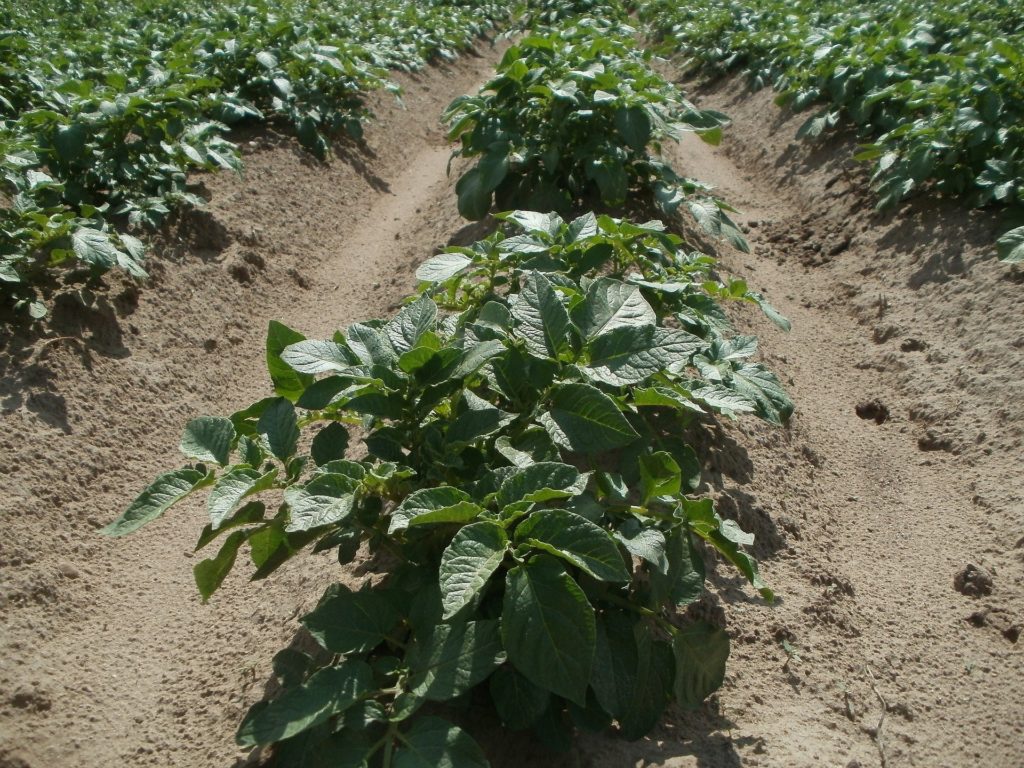
The relationship between potatoes and peppers can be both beneficial and troublesome, given that they share the same family—Solanaceae. The similarities in their nutritional requirements create a competitive scenario that is not ideal when both crops are grown side by side. The competition for resources can lead to nutrient deficiencies in both plants, resulting in reduced yield and vigor.
Moreover, both potatoes and peppers are susceptible to the same pests, such as aphids and the notorious Colorado potato beetle. This overlap makes them vulnerable to additional infestations, which could ultimately result in both crops suffering from pest-related stress and disease.
To avoid these complications, it’s wise to cultivate potatoes and peppers in separate sections of your garden. By doing so, you can provide the necessary resources for each plant without encouraging pest problems. You could also explore the concept of companion gardening by planting potatoes with corn or beans, which are more compatible and less likely to attract the same problems.
Sunflowers

Sunflowers are not only magnificent flowers that brighten any garden; they also offer numerous benefits to pollinators. However, they may not be the best companions for pepper plants. While they can attract beneficial insects to your garden, their tall structures can create shading challenges, obstructing light needed for lower-growing pepper plants.
In addition to the shading issue, sunflowers can attract pests like aphids, which can then migrate to your peppers, causing infestations that weaken your plants. The sprawling root system of sunflowers can also compete with the shallower root systems of pepper plants for valuable nutrients and water in the soil.
To create an optimal environment for both plants, consider planting sunflowers in an area that minimizes their impact on your pepper garden. This simple separation will allow you to enjoy the beauty of sunflowers while ensuring that your pepper plants can thrive without the stress of overshadowing or nutrient competition.
Sweet Potatoes
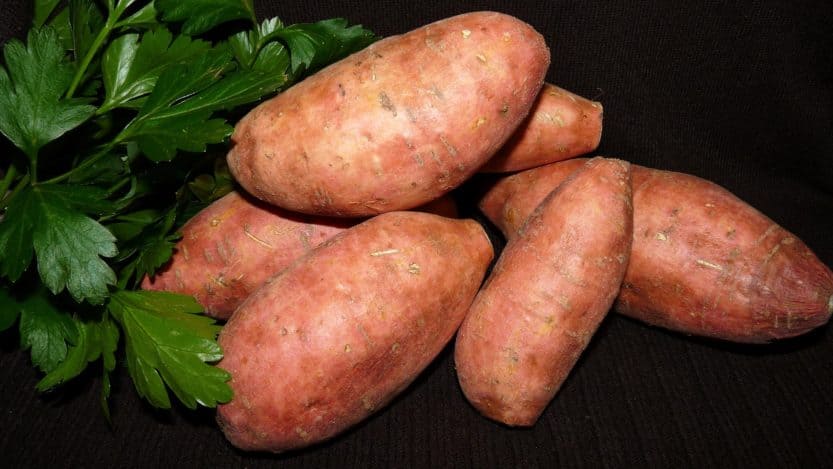
Sweet potatoes have gained popularity in many gardens due to their delicious taste and nutritional benefits. However, similar to cucumbers and eggplants, sweet potatoes can complicate the growth of pepper plants when they’re planted together. Both crops have vigorous growth habits, which means they compete for sunlight, space, and nutrients.
Sweet potatoes thrive in warmer and well-drained soil, while peppers prefer consistently moist conditions with good drainage. This difference in water preferences can lead to challenges during the growing season, as over-watering one crop can negatively impact the other. The sprawling vines of sweet potatoes can also obstruct light from reaching the pepper plants, leading to subpar growth.
To maximize the health and productivity of both crops, consider establishing dedicated areas in your garden for sweet potatoes and peppers. Incorporating plants that require different growing conditions nearby can help create a more balanced ecosystem in your garden. Options like tomatoes or beans might be more suitable as companion plants for either crop.
Black Walnut Trees
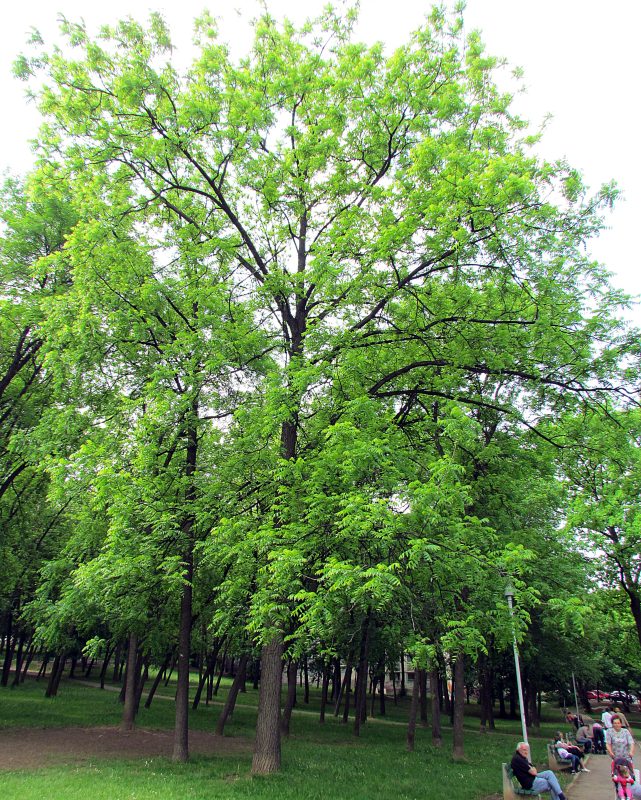
The majestic black walnut tree makes a statement in any landscape, but it can pose considerable risks for your garden, especially concerning pepper plants. Known for producing a compound called juglone, black walnut trees are infamous for their allelopathic properties. Juglone is toxic to many plants, including peppers, leading to stunted growth, wilting, or even death in severely affected vegetables.
Planting your peppers in close proximity to black walnut trees can expose them to juglone’s harmful effects, making this pairing a recipe for disappointment. As juglone can persist in the soil for some time even after the tree has been removed, gardeners must be cautious when selecting planting sites.
To ensure the health and success of your pepper plants, it’s crucial to plant them far away from black walnut trees. Ideally, maintain a distance of at least 50 feet to reduce the risk of exposure. By carefully planning your garden layout, you can enjoy the beauty of black walnut trees while maintaining a thriving pepper patch in a safe environment.
Conclusion
As you embark on your pepper-growing adventure, it’s important to note that thoughtful pairing is vital for a successful harvest. The plants discussed above present challenges when grown alongside your beloved peppers; they can negatively impact growth through competition for nutrients, shared pests, or allelopathic properties.





